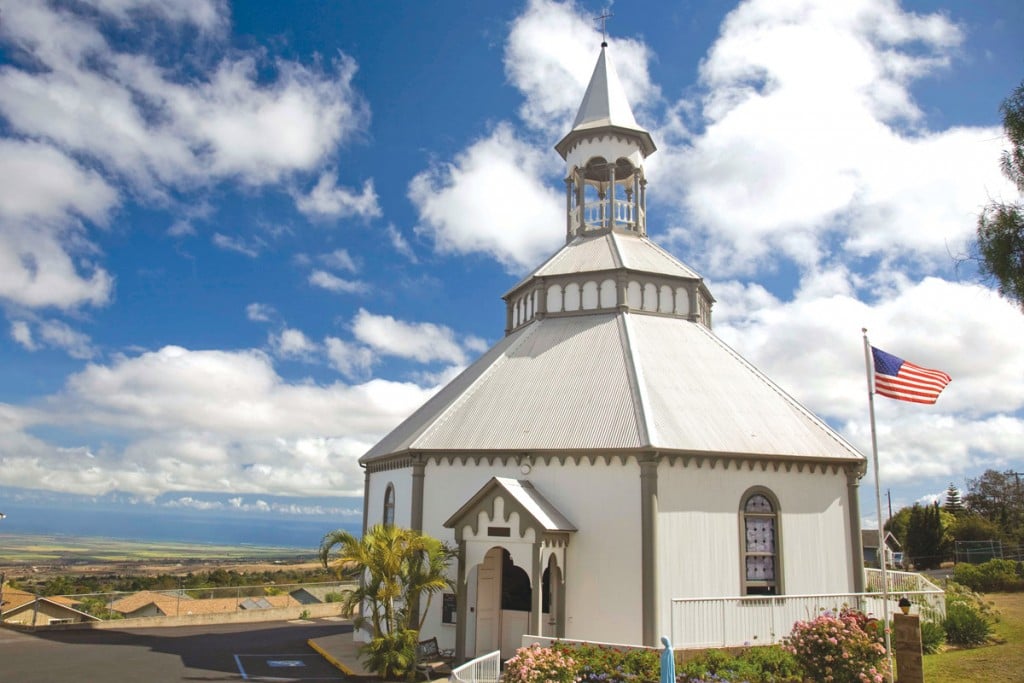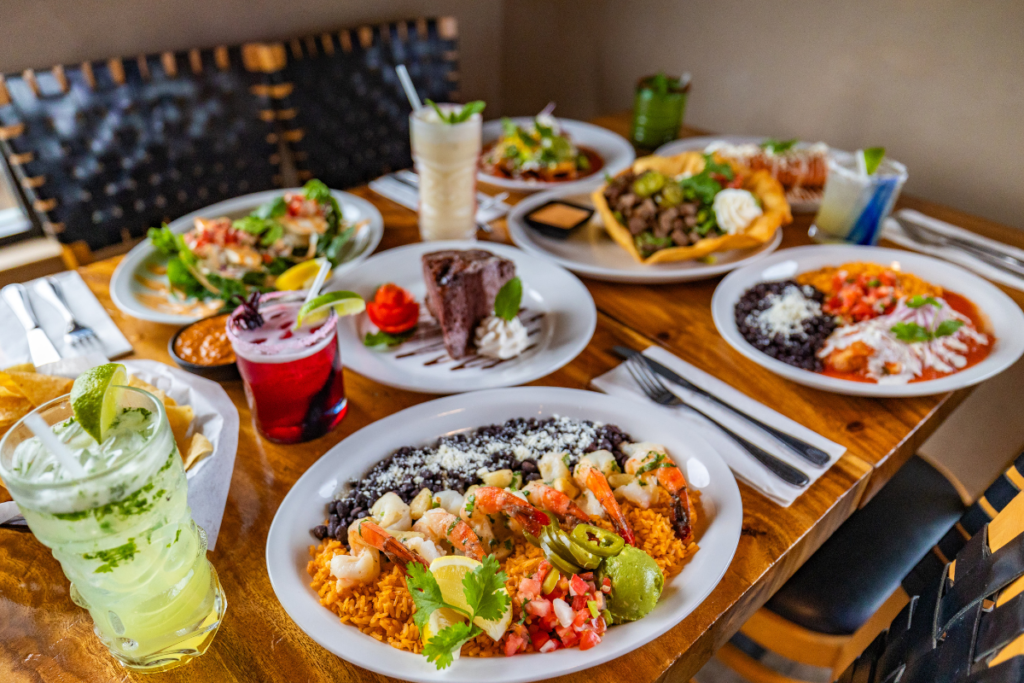Discover Kula’s Charming ‘Wedding Cake Church’
Off the beaten path on Maui lies the fascinating Holy Ghost Mission church and a delicious Portuguese tradition.

After enjoying the touristy side of Maui—boat excursions, golf, shopping, luau and, of course, pristine beaches—my husband and I decided to get off the beaten track and see a little more of the island.
We were on the Lower Kula Highway, making our way to Alii Kula Lavender Farm, when we noticed a sign for the Historic Holy Ghost Mission. Turning onto Lower Kula Road, we came to an unusually shaped church.
You don’t have to be Catholic to appreciate the history and charm of the Holy Ghost Mission. Because of its eight-sided design, the locals refer to it as the “Wedding Cake Church” or the “Octagon Church.”
In 1879, thousands of Portuguese migrated to Maui from the Azores and Madeira Islands to work as contract laborers on the sugar plantations. The mostly Catholic immigrants, along with Father Beissel, built the eight-sided church, completing it in 1895.
Why the octagon shape? One theory is that the Portuguese parishioners built the church to symbolize the eight-sided crown donated to Lisbon’s Church of the Holy Ghost by Queen Isabel in the 14th century. Others feel that the immigrants, familiar with octagon chapels in their native land, decided to keep the traditional shape in their new country.
The first wedding took place in 1897, two years after the church was built. Both bride and groom, Maria DaGraza and Manuel DePonte, were children of immigrants who’d come from the Azores. Two of the couple’s grandsons, Alfred and Clifford DePonte, are still active parishioners at Holy Ghost Mission.
Two cemeteries sit alongside the church, one on each side. Weathered headstones, some impossible to read, are scattered throughout the immaculate graveyards. The first recorded burial in the lower cemetery dates back to 1905. The smaller cemetery is primarily for children. One headstone, adorned with Hawaiian beads, has a heartbreaking photo of a smiling 2-year-old, Edward Castro Jr., who passed away in 1953.
Visitors are sometimes puzzled by the warm smell of freshly baked bread. It’s so pervasive that you can smell it before even leaving the car. The congregation’s “Bread Ladies,” as they are called, are baking Portuguese sweet bread.

Photo: Ryan Siphers
The Bread Ladies started baking Portuguese sweet bread weekly as a fundraiser in 1991 when Holy Ghost Mission needed a complete restoration. When in 1995 the church and altar were finally restored to their former glory, the Bread Ladies kept up the custom, continuing to bake pao doce, as it’s called, now only every other month.
It’s a labor of love. The volunteers start at 4:30 in the morning, baking 250 to 300 loaves—unless it is close to a holiday or the feast of the Holy Ghost. Then the number of loaves doubles.
On your next trip to Maui, do some exploring on your own.
Freelance writer Ellen Robson is the author of Haunted Highway: The Spirits of Route 66 and Haunted Arizona: The Ghosts of the Grand Canyon State.
Holy Ghost Mission
4300 Lower Kula Road, Waiakoa, Maui, (808) 878-1091, www.kulacatholiccommunity.org


